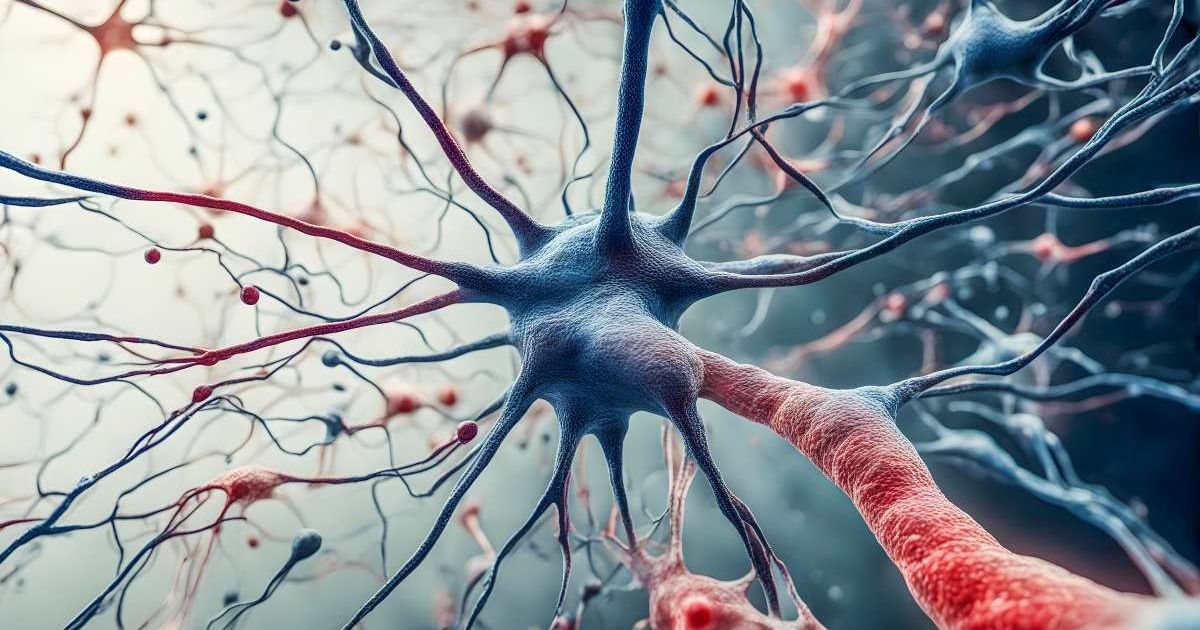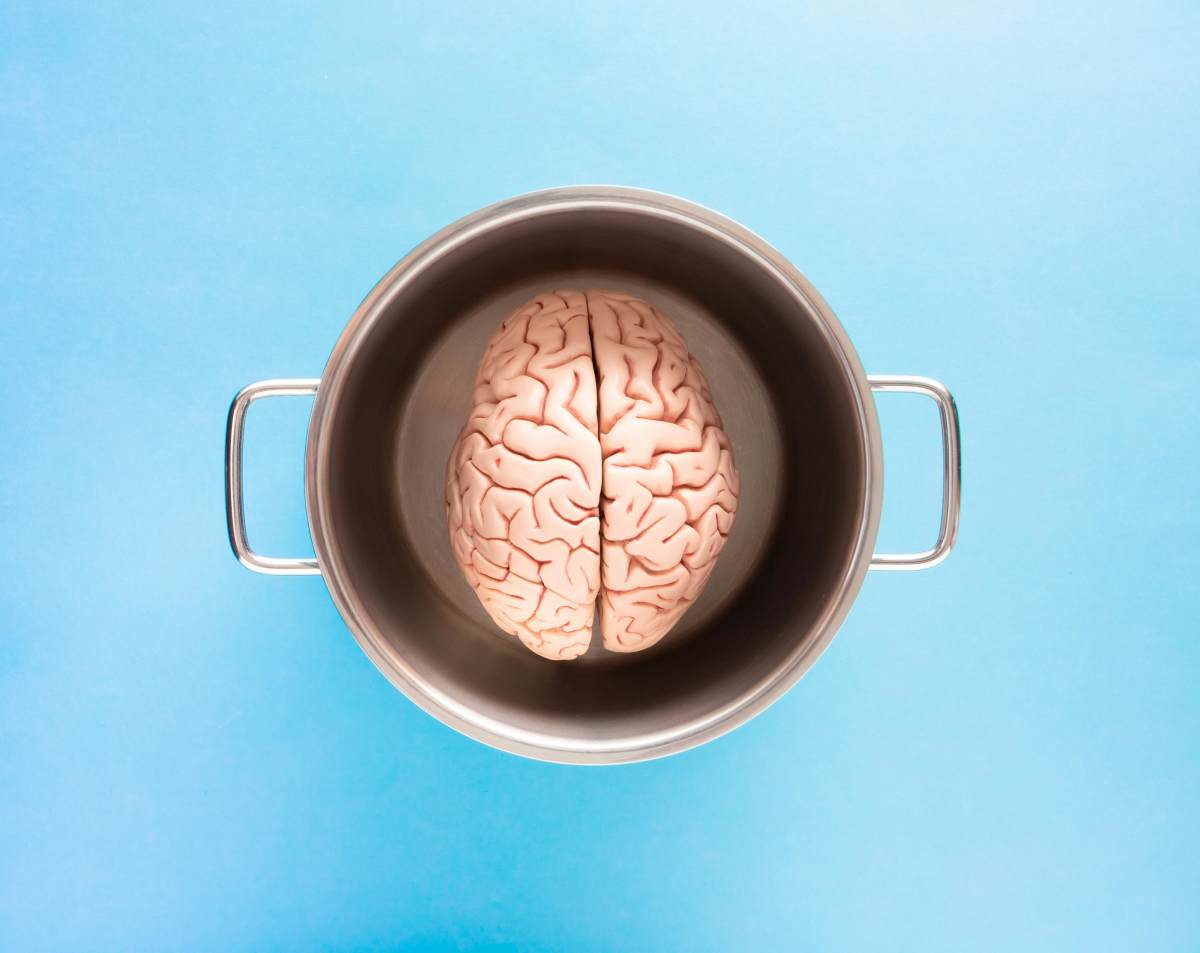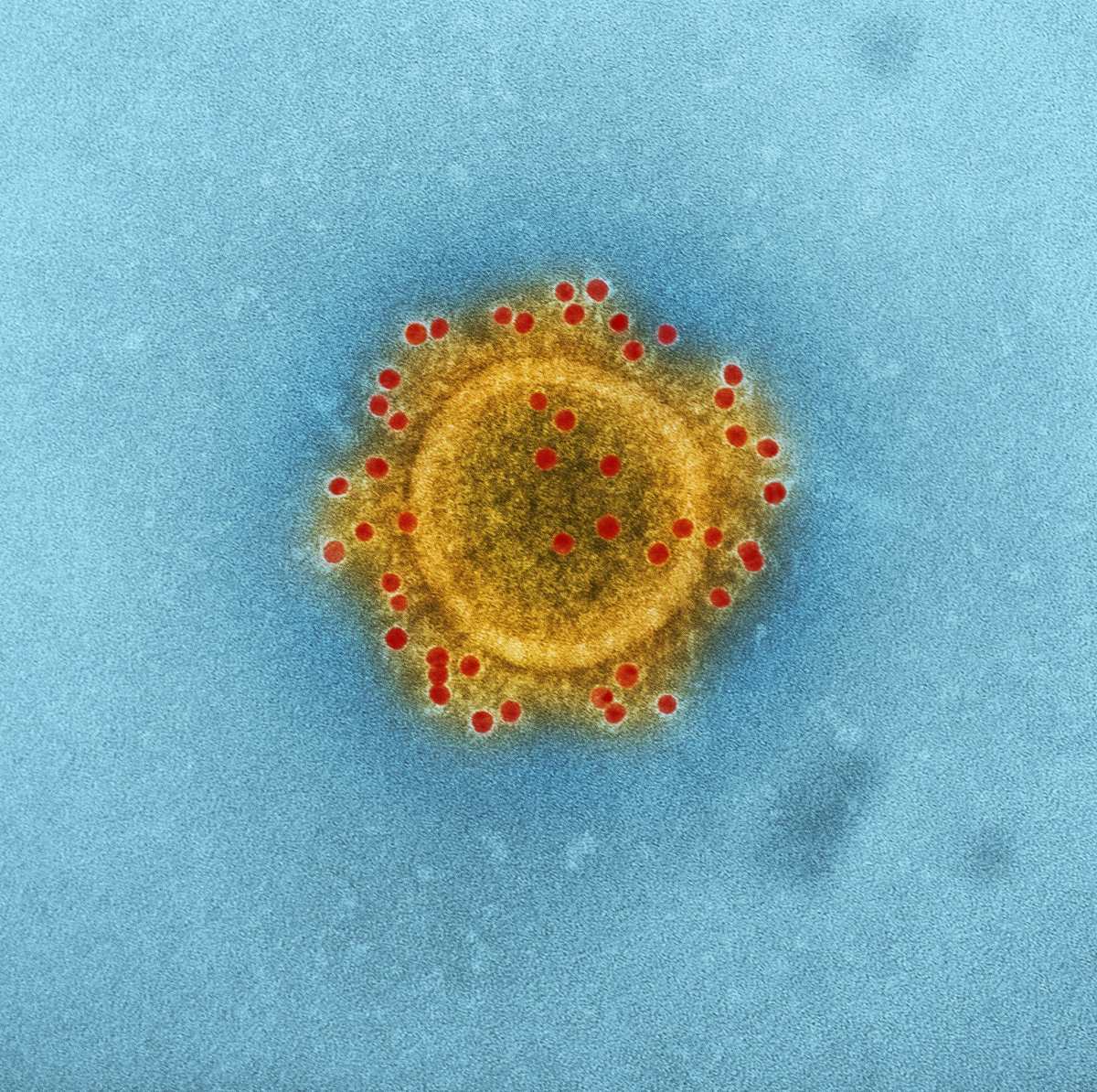Ancient virus in human genes could be facilitating conditions in brain triggering ALS, researchers claim

Experts have uncovered a crucial detail about the human genome, and it may be the cause of brain degeneration. Several studies have showcased that the human genome carries DNA segments that can jump from one spot to another, according to Live Science. If these segments somehow manage to go unmitigated, they can trigger inflammation and also kill certain nerves. All these can lead to brain degeneration as well as facilitate disorders like amyotrophic lateral sclerosis, or Lou Gehrig's disease (ALS) and dementia. A group of experts is using this knowledge to develop treatments for these conditions.

What are Retrotransposons?
In 2008, a neurovirologist, Renée Douville, detected virus proteins in the brains of people who had died from the movement disorder ALS. Upon closer investigation, it was clear that these individuals had not caught any viruses. It made the team speculate that it was the ancient genes from past viruses that must have been going around in human chromosomes for generations. For some reason, they must have gotten activated in the subjects and released viral proteins. These DNA bits from ancient viruses are called jumping genes, and most of them are retrotransposons. 40% of the human genome is composed of these jumping genes.

Ability of the Ancient Viral DNA Bits
In the past, researchers believed that these DNA bits from ancient viruses were useless, but a study claimed that this assertion was wrong. The team discovered that a certain section of these DNA bits aligned with epigenetic markers, chemical tags found on DNA that monitor gene activity. Further investigation revealed that this particular group, labeled MER11_G4, could activate gene expression. The kind of MER11_G4 sequences present in humans and chimpanzees dictates the changes they have accumulated over time. For both of them, certain sequences garnered mutations that enhanced regulatory potential in human stem cells. Such studies inspired experts to look into these DNA bits once thought to be "junk" in humans, for their potential.
Association with Neurological Conditions
These jumping genes are mostly considered harmless to humans, despite any secret ability they might have. However, Douville and her team thought otherwise and felt that retrotransposons could be responsible for conditions like Alzheimer's disease and ALS. Their investigation led them to subjects that showed inflammation and death of nerve cells, as some of these retrotransposons were activated. Both of these could theoretically lead to brain degeneration and the aforementioned conditions. However, the team is still unsure of this connection as retrotransposons have yet to explain all cases of neurodegeneration.
To solidify their assertion, the team is conducting clinical trials with patients of ALS, Alzheimer's, and related conditions. They have incorporated antiretroviral medications from the HIV pharmacopeia, which reverse some of the consequences of retrotransposon activation, to see whether this methodology can be incorporated in a treatment plan. The results of the evaluation have been optimistic. Researchers are also trying to figure out how activation of retrotransposons leads to a full-blown condition.
They speculate that after activation, they look like viruses to a human's immune system, and as an immune response, inflammation happens, which is a marker of brain degeneration and other conditions. The team has detected a kind of retrotransposon called HERV-K in certain ALS patients, which backs their speculated role of retrotransposons in ALS and similar conditions.
Triggering from TDP-43
Researchers believe the retrotransposon triggered by TDP-43, a protein, which possibly loses its vitality due to aging. This protein, which is responsible for suppressing jumping genes, fails to do so, leading to their unleashing. The retrotransposon moves from one place to another in genes, encouraging inflammation, and also affects TDP-43, causing it to clump with the cytoplasm, facilitating more neurodegeneration, which spreads to other cells.
In 2019, the team took a huge step forward in proving this theory when they found that one in five people with ALS had high levels of retrotransposon activation and TDP-43 dysfunction. This finding encouraged the team to incorporate antiretroviral medications used by HIV patients to attack viruses in ALS and related treatments. Until now, the subjects have shown improvement in many of their symptoms. More research is needed for this methodology to become a solid curative option.